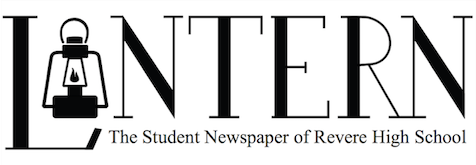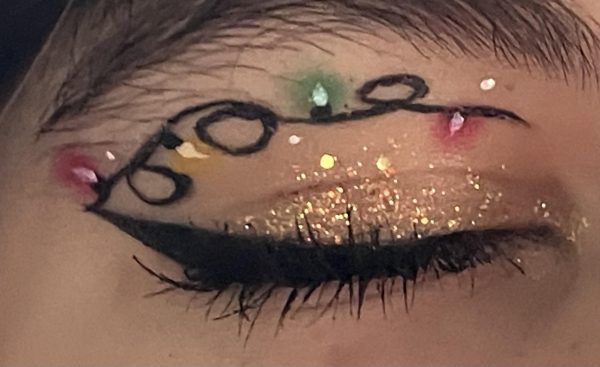Emoticons detract from real feelings

I often imagine the ancient Egyptians formulating novelistic hieroglyphics, carefully piecing together ancient meanings that one day their descendants would desire, with each symbol carrying a specific translation, articulate and emotionless. I then imagine the Egyptians using Emojis instead of hieroglyphics. The Egyptians utilized hieroglyphics to deliver their single-most important lessons, discoveries and information to the populations of the future. Meanwhile in 2014, a young Oxsanna uses Emojis instead of English to tell her mother that she is hungry rather than simply walk into the next room and tell her.
Does one learn anything in English class if the number of Emojis that he or she types outnumber one’s (I use them on occasion, I admit it) improper sentence fragments? If one’s biggest stress when breaking news to someone concerns how many kiss faces it takes to soften the blow, does he or she even convey sympathy for that person at all? I find that although emoticons sometimes express a comical meaning with an occasional shred of emotion, most times people abuse them, make things more confusing or fail to deliver any emotion in general, when the option of face-to-face, vocal or even video communication lay right at their fingertips.
Just because Apple or any other third-party application releases a new gizmo such as an Emoji resembling a unicorn does not mean that they altered civilization for the better. In fact, some emoticons ironically cannot relay emotions better than a simple-worded direct message (but I hope that one would hold enough confidence in his or her loquacity to actually talk to an acquaintance in person). Even as time passes, technology appears more and more like a universal foreign language.
Emoticons spread across the globe in technological dominance. According to the Webtrends website, reputable dictionaries such as the Oxford Dictionary added the word Emoji to their vocabulary lists. This dictionary describes an Emoji as an image that expresses idea or emotion in electronic communication.
The normalization of this most basic electronic program can influence any possible decline in relevance of English sentence formation. Personally, I hope that we prevent decay back to the times of the ancient Egyptians, forging cryptic messages to future generations. However. Emoticons have not just recently taken the Internet by storm. According to the website The Verge, the Emoji’s ancestors have influenced technology in Japan since 1995, when technology company NTT Docomo decided to add a heart symbol to the keyboard of their pagers. The Verge also stated that Emoji’s original inventor Shigetaka Kurita originally intended his emoticons to help clarify the implication of multiple-meaning Japanese symbols sent over Japanese communication devices. However, the present day populous has discovered a more lenient use for emoticons.
Writers at the Liveperson website argue the benefits and drawbacks of emoticons. On a positive outlook, supporters argue the use of the facial recognition system that Emojis employ to relay similarities between the icon and a human face. Adding to this outtake, they favor the tone that Emojis add into non-verbal communication. The advocator’s opponents, however, combat with the conclusion that one can express what Emojis can simply in words, and with original thinking one can convey Emoji’s sentiment easily without using one. Opposition to Emojis also defend themselves with the reasoning that Emojis rely on timing, and that usage with improper timing has negative effects.
So, if we use more smiley faces per message than we do words, are we using words primarily anymore to communicate? As someone who values the power and influences of diction, I adore word choice over spontaneous and unnecessary minimized images of animated feces. If it takes me more than 30 seconds to decipher a crazy, long-winded text where the only expression of emotion is through a yellow face on the screen, do not expect a response.
The Liveperson website also believes that a somewhat generational divide argues over the usage of emoticons, The combatants consist of a youth raised with direct messaging and cell phones and an older generation raised without current gadgets. I concur that as I age, I shall see a decreased usage and dependency concerning the tyrannical Emojis, a sign that promotes hope for English teachers everywhere. However, the constant kiss face taking over every possible electronic feed does not plan surrender anytime soon. Perhaps an emoticon video chat will change the opinions of the countless hypnotized youth concerning actual face-to-face interaction. I would rather one physically smile at me or grieve right by my side rather than send me a yellow-colored circle that does not compare to the might and influence of human emotion.


